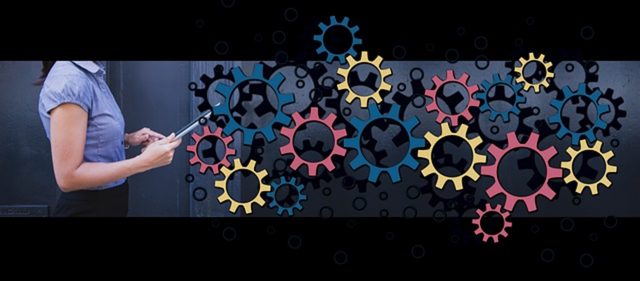Maria Masi formerly of JP Morgan contributes to publications covering the subjects of operations management and developing effective teams. In the article below, Maria Masi explains some of the more popular operational efficiency models being taught and implemented in top companies today.
Operational efficiency models are designed to optimize and streamline the operational processes of an organization. Maria Masi explains that businesses implement these models to minimize waste and inefficiency while maximizing productivity. Today, there are many approaches to operational efficiency, but a few popular models have set the standard for how companies can increase productivity.
In this post, Maria Masi will explore a few of the most effective operational efficiency models and explain the guiding principles behind each. We will also explain the main goals of these models and discuss how they push businesses to grow and improve.
What are Operation Efficiency Models?
Maria Masi says that in the simplest of terms, operational efficiency models are mathematical models that help organizations identify and quantify their potential improvements. They highlight areas of operational inefficiency and lay a clear pathway for the company to achieve higher productivity at lower costs through various process and system changes.
These models typically consider factors such as cycle time, labor utilization, material usage, and machine utilization according to Maria Masi formerly with JP Morgan. By quantifying the potential improvements in these areas, operational efficiency models can help organizations make informed decisions about where to focus their improvement efforts.
The Three Most Popular Operational Efficiency Models
There are a variety of operational efficiency models, but they all share the same goal: to improve the efficiency of a company’s operations. The following three models offer businesses a range of perspectives to grow, improve, and increase their output.
Six Sigma
Maria Masi explains that Six Sigma is a quality management strategy originally developed by Motorola in 1986. The goal of Six Sigma is to eliminate defects in manufacturing and business processes down to six per million opportunities. It uses a data-driven approach to identify and correct errors, resulting in fewer customer complaints and decreased costs.
There are two key components to the Six Sigma methodology: DMAIC (define, measure, analyze, improve, control) and DMADV (design, measure, analyze, design, verify). DMAIC is used to improve an existing process while DMADV is used to create a new process.
The only downside to using the Six Sigma approach is that it relies heavily on statistical analysis and requires access to sophisticated software tools. Six Sigma project teams typically include both technical experts and business professionals, which can be expensive for smaller companies. Nonetheless, major industries including automotive and healthcare have realized significant benefits from using Six Sigma.
Just-in-Time Production
Maria Masi explains that Just-in-time production is a manufacturing strategy that involves making products only as they are needed. This approach reduces waste and inventory costs by avoiding the production of items that may not be sold. Just-in-time production requires careful planning and coordination between all parts of the supply chain to ensure that materials and components are available when needed.
Just-in-time production models have become increasingly popular because they help to reduce waste and increase efficiency. Maria Masi formerly of JP Morgan explains that when goods are produced only as needed, there is no need to store excess inventory, which can save money. Additionally, JIT production can help to improve quality control since defects are more likely to be caught when goods are being made on-demand.
Today, major brands such as Toyota, Honda, Subaru, and Samsung use this approach to production to offset costs and increase productivity.
The Theory of Constraints
The Theory of Constraints (TOC) is a management philosophy that focuses on identifying and removing the bottlenecks that prevent an organization from achieving its goals. Maria Masi says the theory was developed by Eliyahu Goldratt in his 1984 book, The Goal.
The basic premise of TOC is that every organization has at least one constraint that limits its ability to achieve its goals. The goal of TOC is to identify and remove these constraints so that the organization can achieve its full potential. TOC advocates a number of specific management techniques, including:
- Buffer inventories – An inventory maintained to protect against stock-outs, or the inability to meet customer demand. Buffer inventories are usually maintained at a level above what would be needed to meet customer demand in the short term.
- Drum-buffer-rope scheduling – A production control system for manufacturing in which the production process is controlled by a “drum” (a master schedule) and buffers are used to protect against disruptions.
TOC has been successfully applied in a variety of industries, including manufacturing, healthcare, logistics, and construction. Today, Maria Masi formerly of JP Morgan explains that some of the largest companies to use this operations efficiency model include General Electric, Ford Motor Company, and The Coca-Cola Company.
Final Thoughts
Maria Masi explains that operational efficiency models are important tools that can help organizations improve their overall performance. When used correctly, these models can provide valuable insights into how an organization functions and identify areas where improvements can be made. Additionally, these models can help to standardize processes and improve communication between departments.






